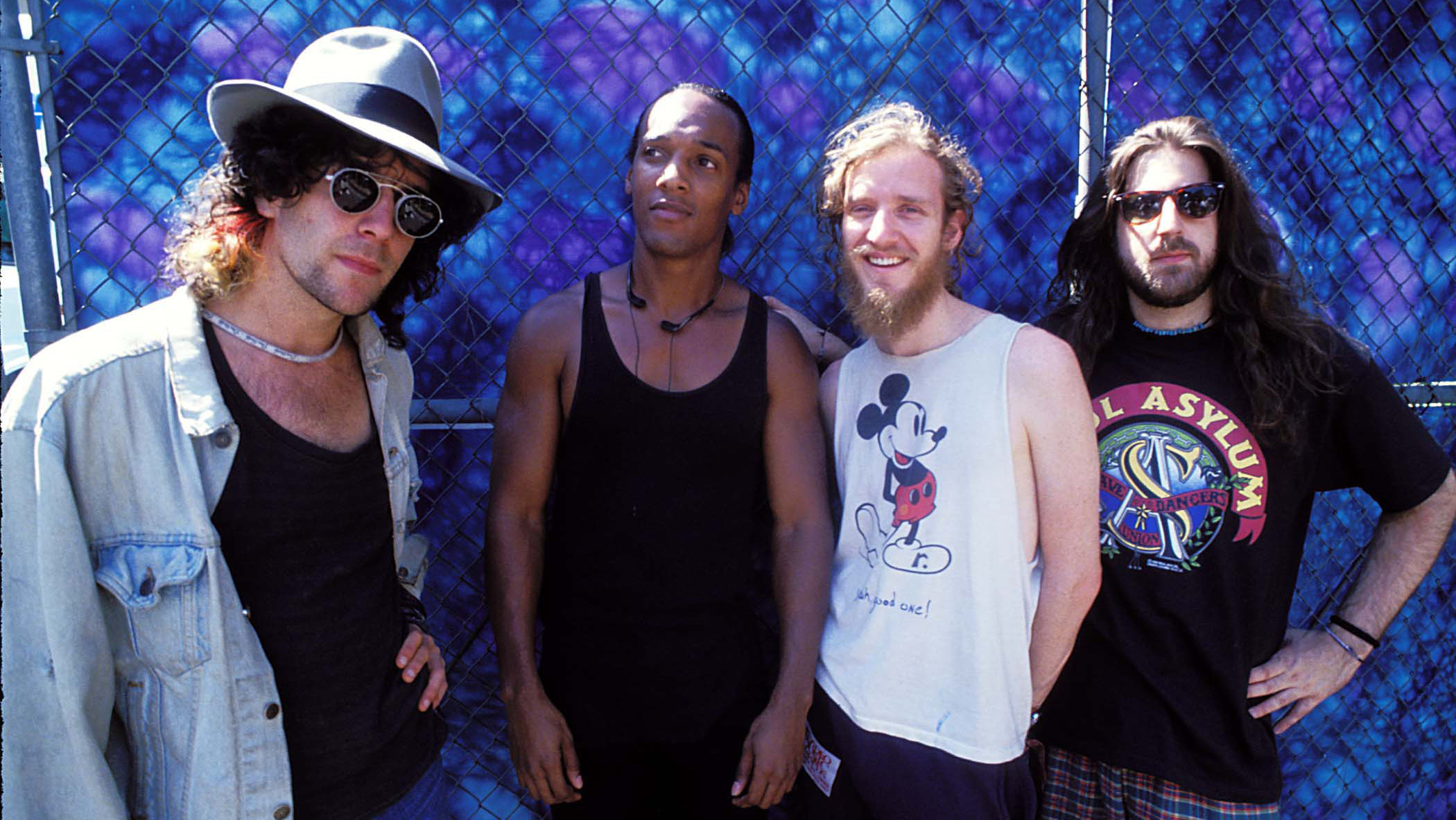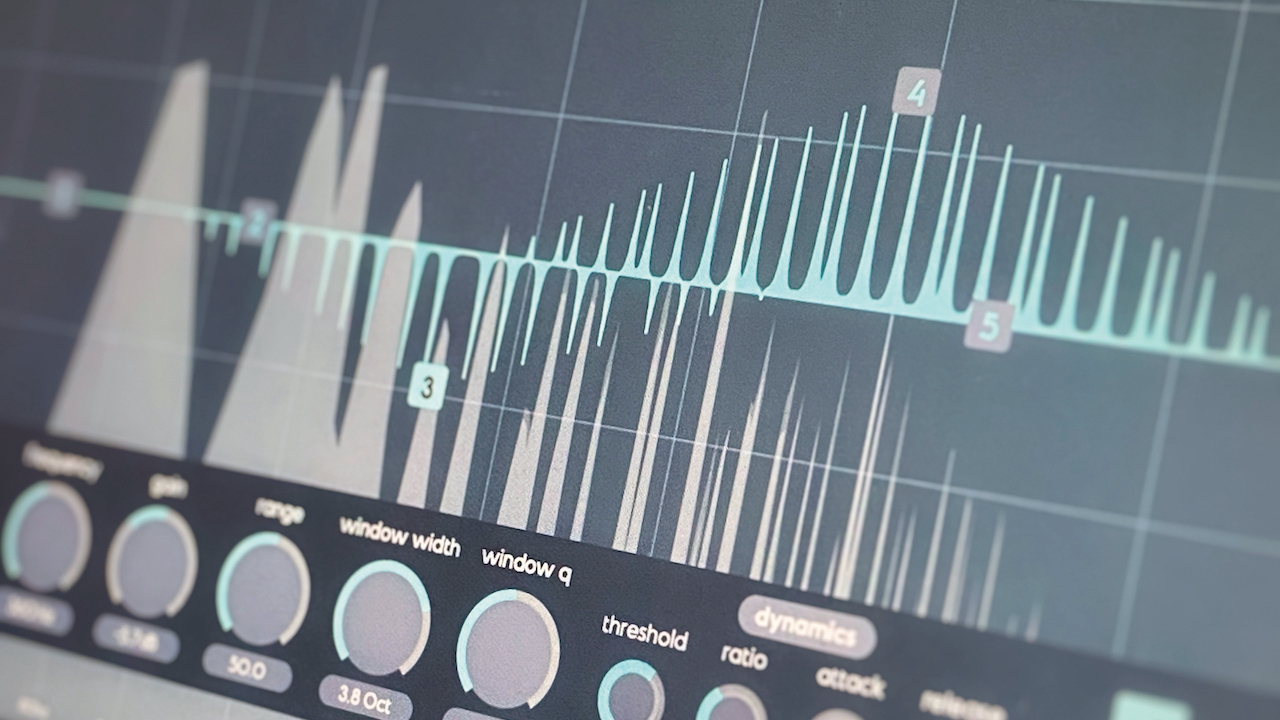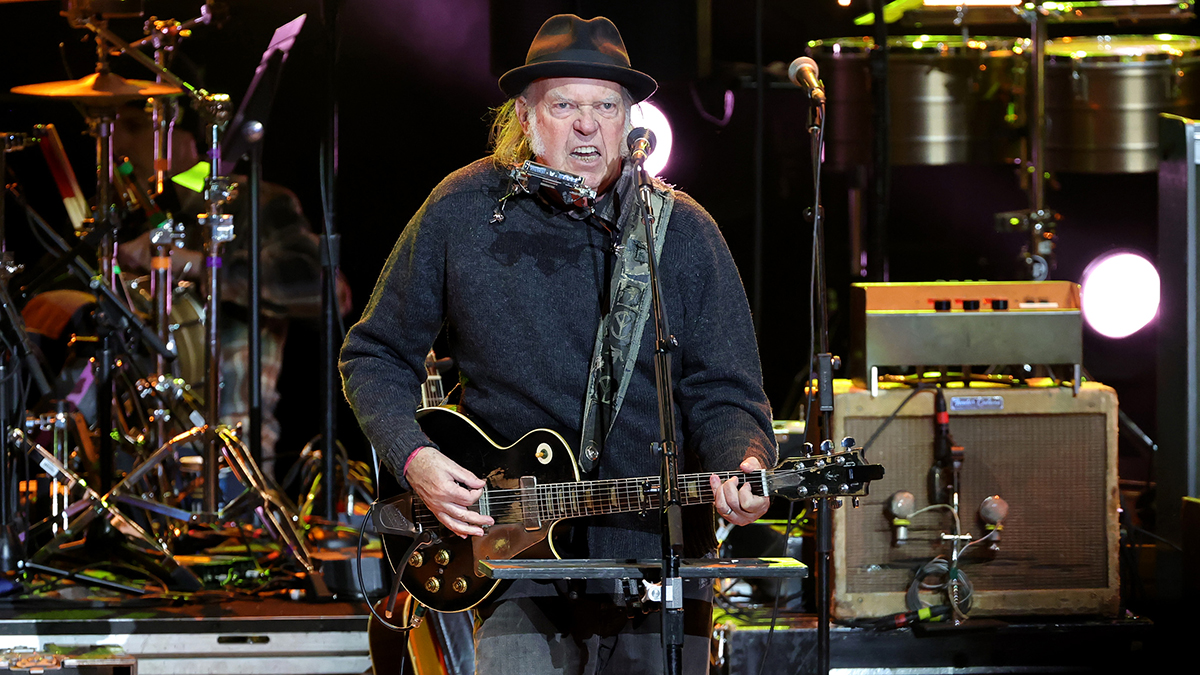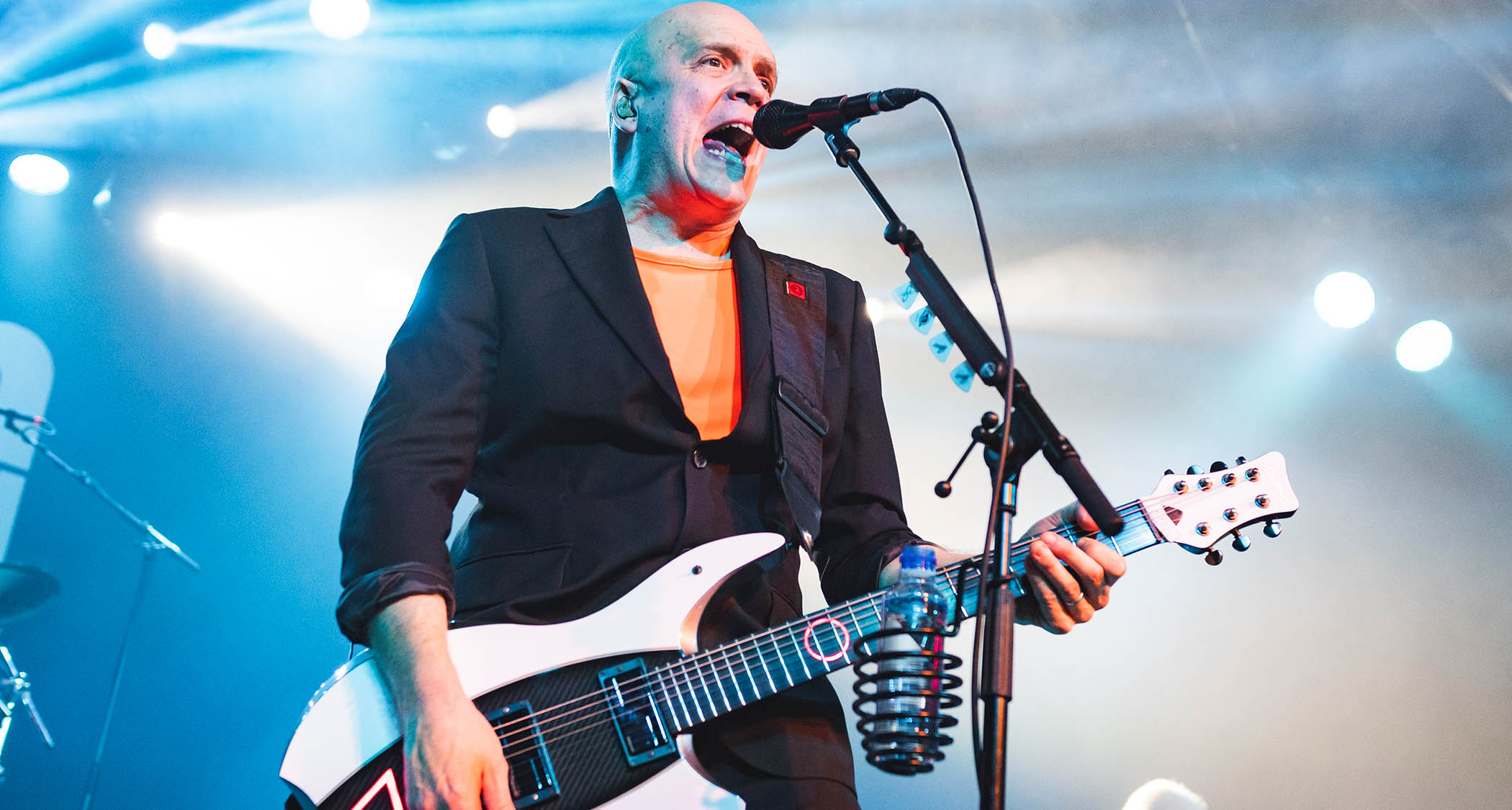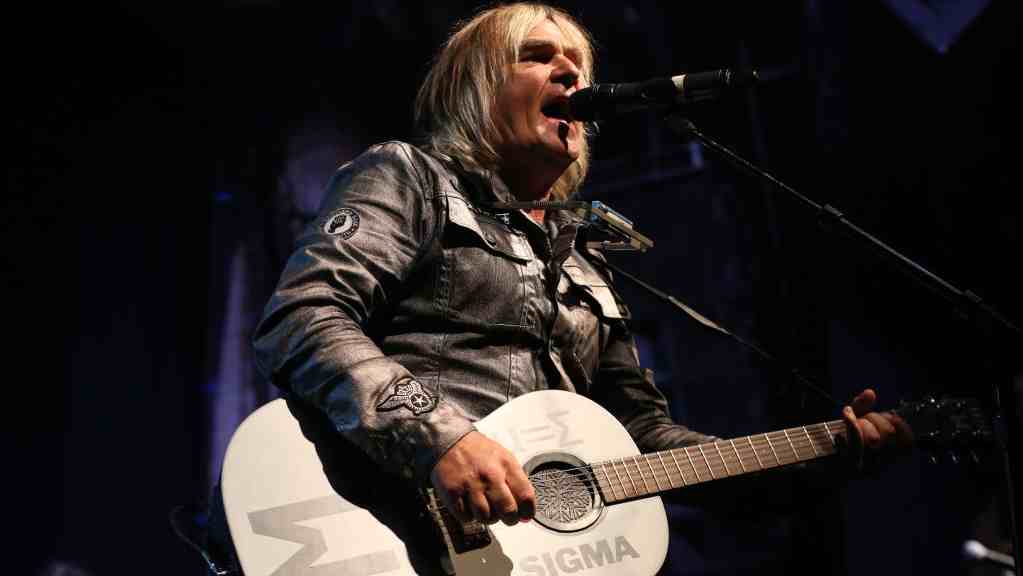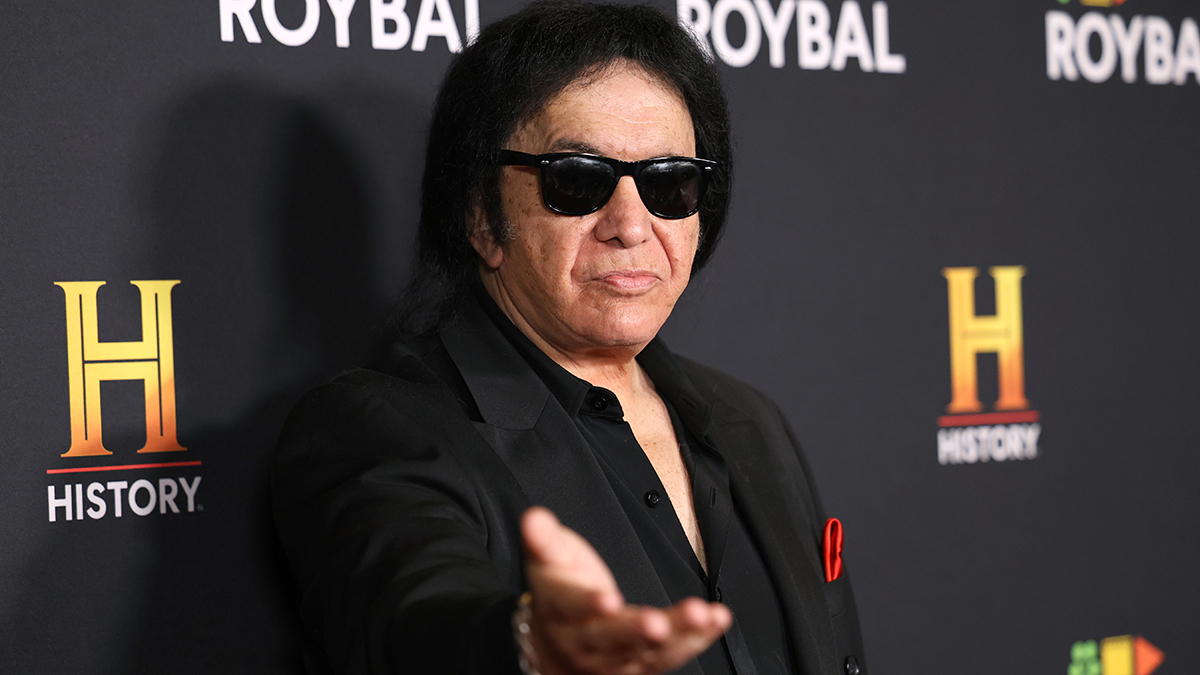“We tried to capture the heart of what a Gibson Custom guitar is, and I think we really have done it”: Epiphone expands and upgrades its flagship Gibson Custom collab with eight stunning vintage-inspired electrics
Gibson USA pickups, rosewood 'boards, Vintage Gloss finishes, 3D scanned neck profiles – the Les Pauls, Firebirds, ES-335 and SG of the Inspired By Gibson Custom range might be Epiphone's best yet
![Epiphone goes high-end with its Inspired By Gibson Custom 2025 collection: [from left] the '63 Firebird in Polaris White is joined by a 1959 Les Paul Standard, a '64 SG Standard, a 1960 Les Paul Special in TV Yellow and a 1962 ES-335 reissue.](https://cdn.mos.cms.futurecdn.net/3N4uVp3ezzrrhjCbY8KNfn.jpg)
Epiphone has expanded its top-of-the-range Inspired By Gibson Custom series with eight new electric guitars, all featuring a range of premium appointments, including Gibson USA electric guitar pickups as standard.
As the name suggests, these Epiphone guitars all take their design cues from classic Gibson designs. Produced in partnership with the Gibson Custom Shop, they all feature vintage gloss finishes that give them a subtly aged patina, and duly take the suffix “Reissue”.
As Epiphone says, these “look as if they had been purchased new and then spent years sitting in a case that was safely stored away, just waiting for you to discover them”.
There new 2025 models include a 1957 Les Paul Goldtop in Double Gold, a 1969 Les Paul Standard in Washed Bourbon Burst and Deep Cherry Sunburst, a 1960 Les in Iced Tea Burst or Washed Cherry Sunburst, a 1960 Les Paul Special in TV Yellow, a 1962 ES-335 that’s offered in Sixties Cherry or Vintage Burst, and a 1964 SG Standard with Maestro Vibrola in Cherry Red.
And, perhaps saving the best to last, we have a pair of ’63 Firebirds, a Firebird I in Cardinal Red, and a Maestro-equipped Firebird III in Polaris White. And they have a neck-through build. They look the part.

They all do. We have rosewood fingerboards across the range, 12” radius as per the Gibson/Epiphone design paradigm, 22 medium jumbo frets, and the open-book headstock makes sure no one misses the Gibson DNA here. The control covers are emblazoned with the series name.
These guitars are part of our ongoing mission to make the exceptional craftsmanship and elevated appointments of the Custom Shop more accessible to players and fans everywhere
Aljon Go
“Our ‘Inspired by Gibson’ collection is all about bringing high-quality guitars based on classic Gibson designs, but at a price that won't break the bank,” says Aljon Go, product manager, Epiphone. “For those looking for something truly special, our newest ‘Inspired by Gibson Custom’ range offers premium models crafted in collaboration with the Gibson Custom Shop. These guitars are part of our ongoing mission to make the exceptional craftsmanship and elevated appointments of the Custom Shop more accessible to players and fans everywhere.”
Get the MusicRadar Newsletter
Want all the hottest music and gear news, reviews, deals, features and more, direct to your inbox? Sign up here.
We’ve got some variations on the neck shape, of course, as per the model’s own characteristics, but all have one-piece mahogany necks that are glued to the body, and in the case of the Les Paul Standards and the ’64 SG, these have long neck tenons. This is an Epiphone range but it looks like a trip through Gibson’s history.
“We tried to capture the heart of what a Gibson Custom guitar is, and I think we really have done it,” says Go.
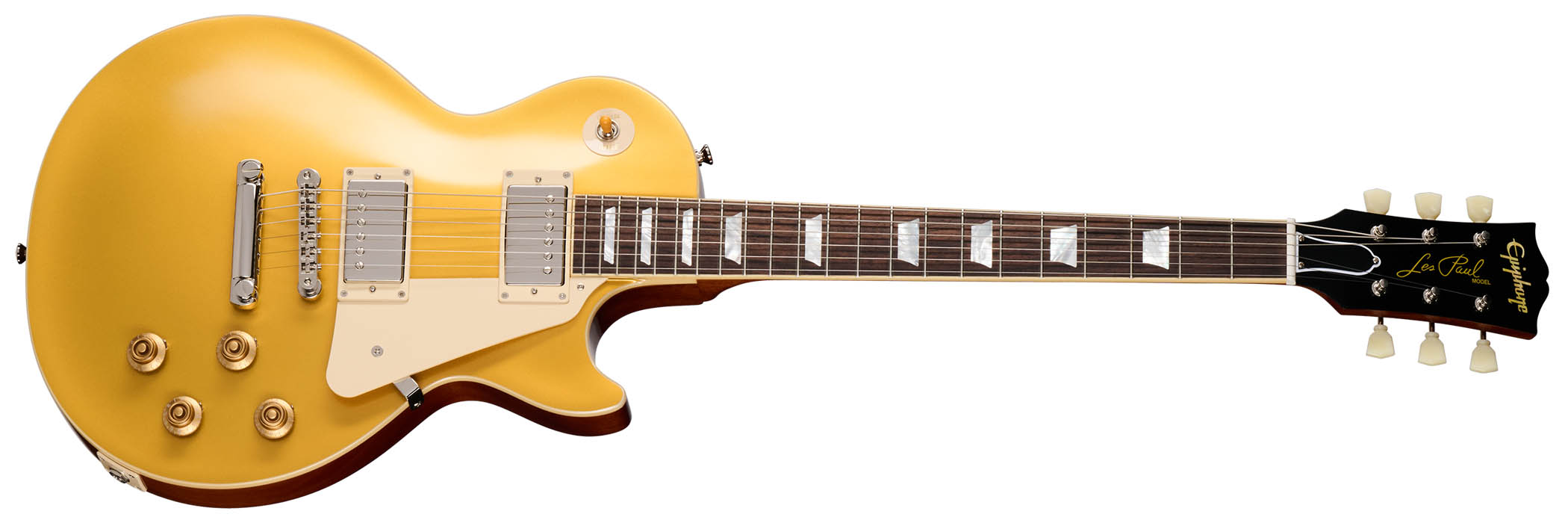
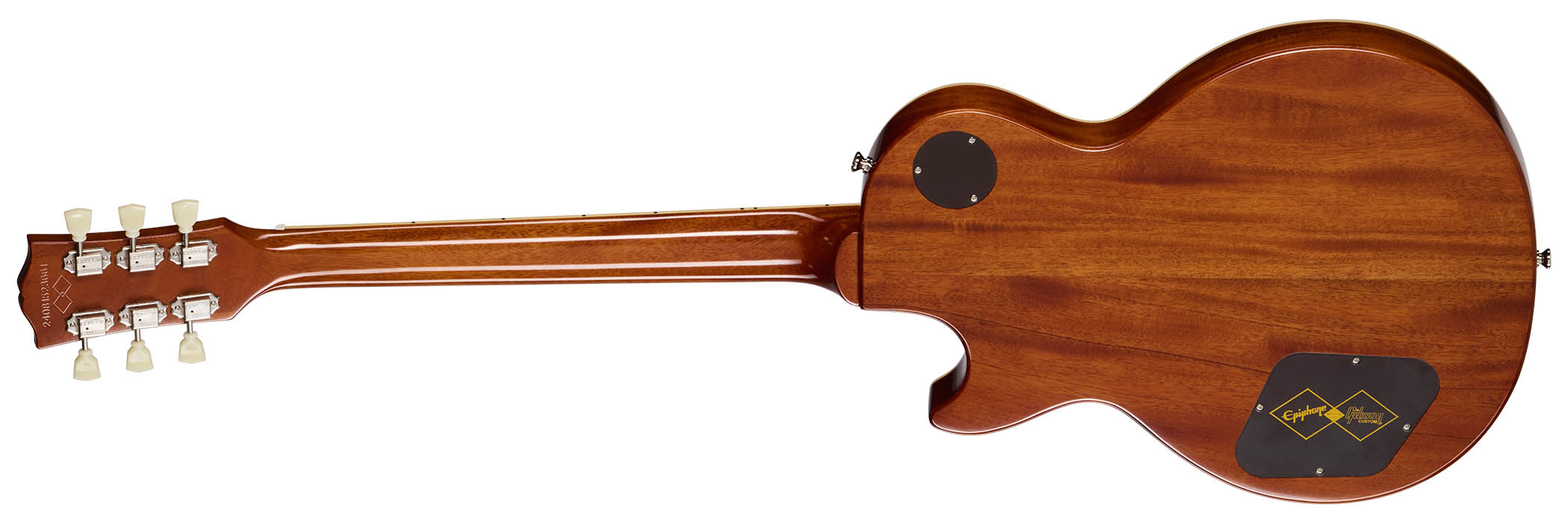
The 1957 Goldtop establishes the theme, coming strapped with a pair of Gibson Custombuckers, both hooked up to a control circuit wired with CTS pots and Bumblebee paper-in-oil capacitors. You’ll find that on the later Standards, and on the ES-335s.
It has the historic-style cream pickguard – no bevel – and introduces some of the design touches we see throughout these new models, such as the aged Epiphone logo. You have the silkscreened “Les Paul Model” text on the headstock, too. It has a 50s Rounded Medium C profile neck. It is priced £1,199/$1,299.
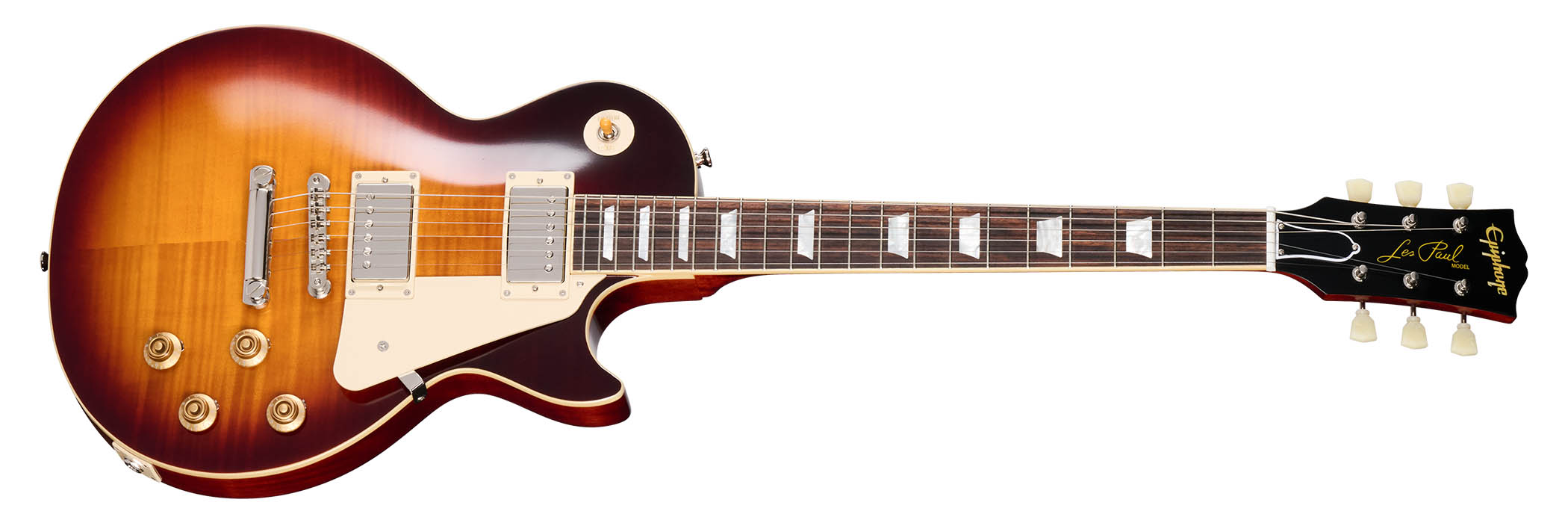
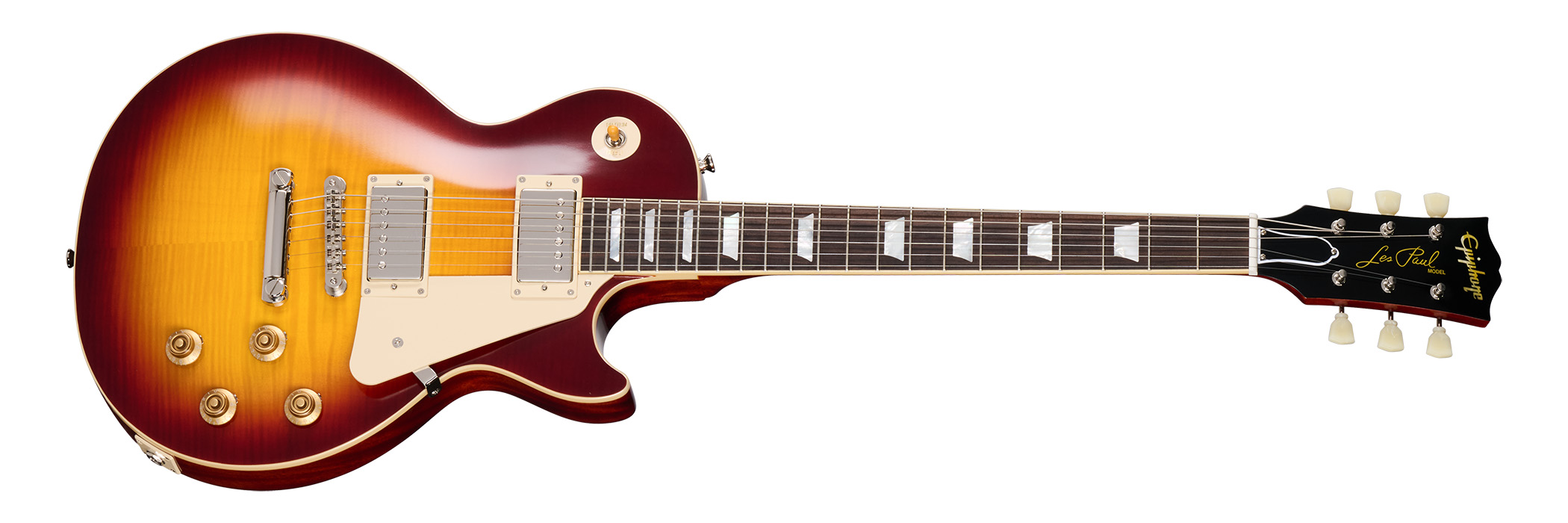
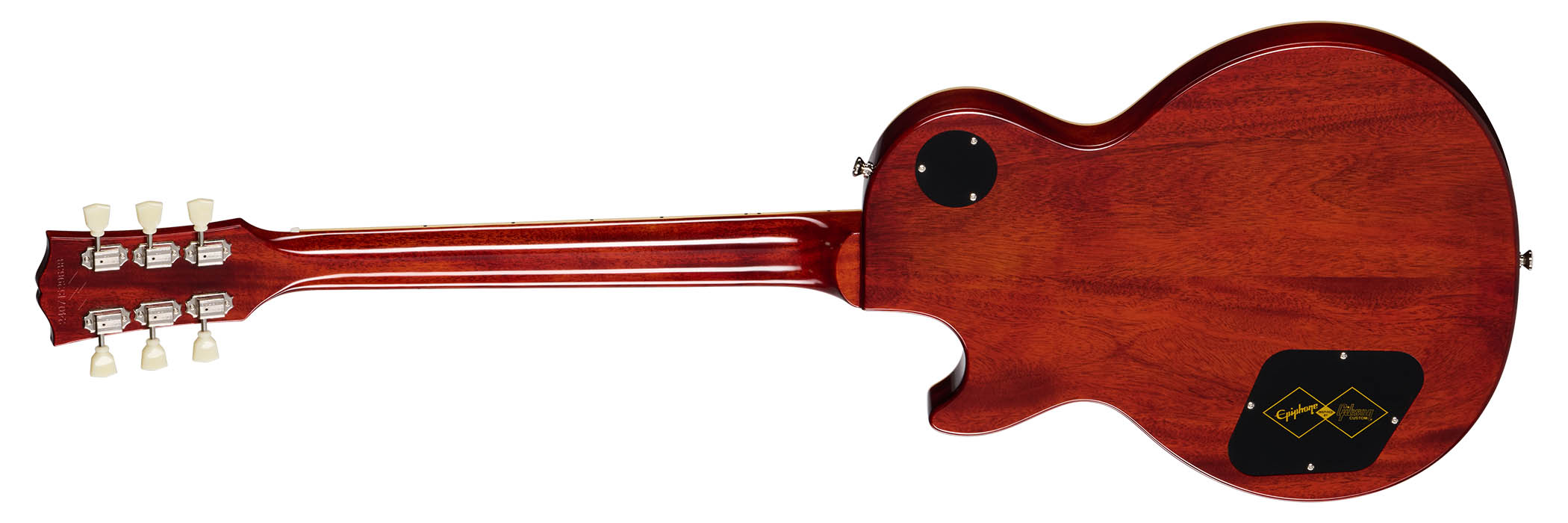
That’s the same asking price as the 1959 Les Paul Standard, a replica of the arguably the most sought after vintage model of all time. These have a AAA figured maple top, mahogany bodies, and has a year-specific Rounded Medium C profile.
You’ve got the ABR-1 Tune-O-Matic bridge and Gibson Historic Reissue aluminium stop bar. There are gold ‘Top Hat’ knobs. There is everything except the story about how this got left in the attic for decades.
If you prefer your Les Paul Standard to come with a slimmer profile neck, then the 1960 model – again, with AAA figured-maple veneer – might be more your speed. It has the 60s SlimTaper.
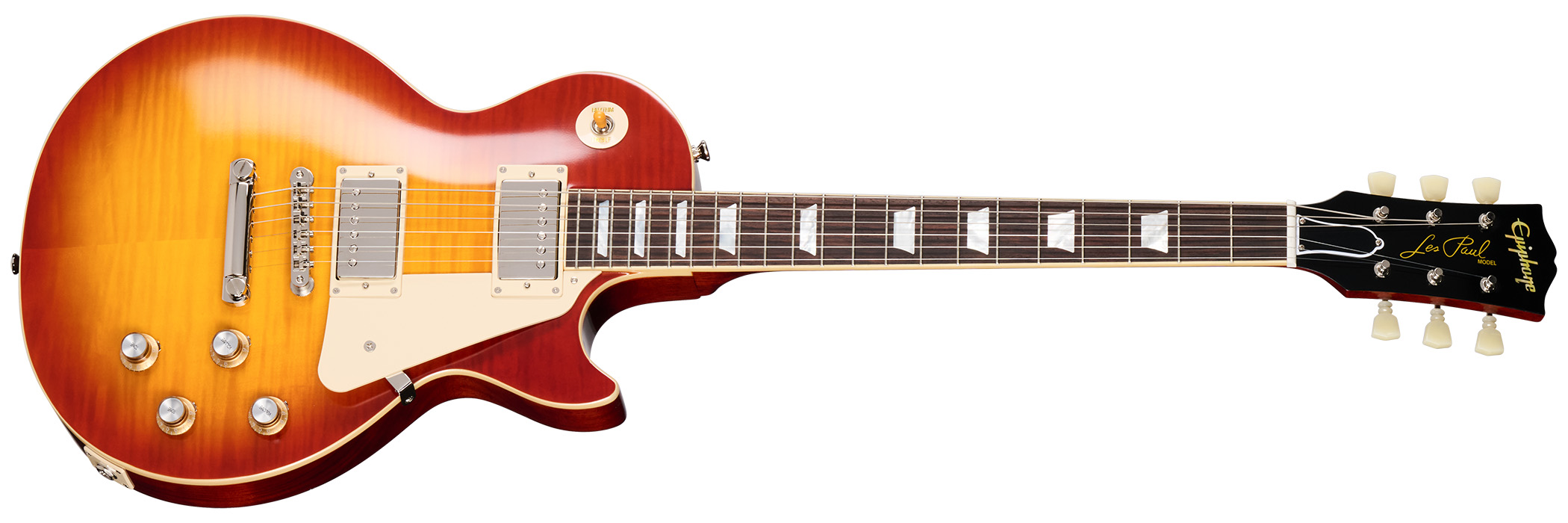
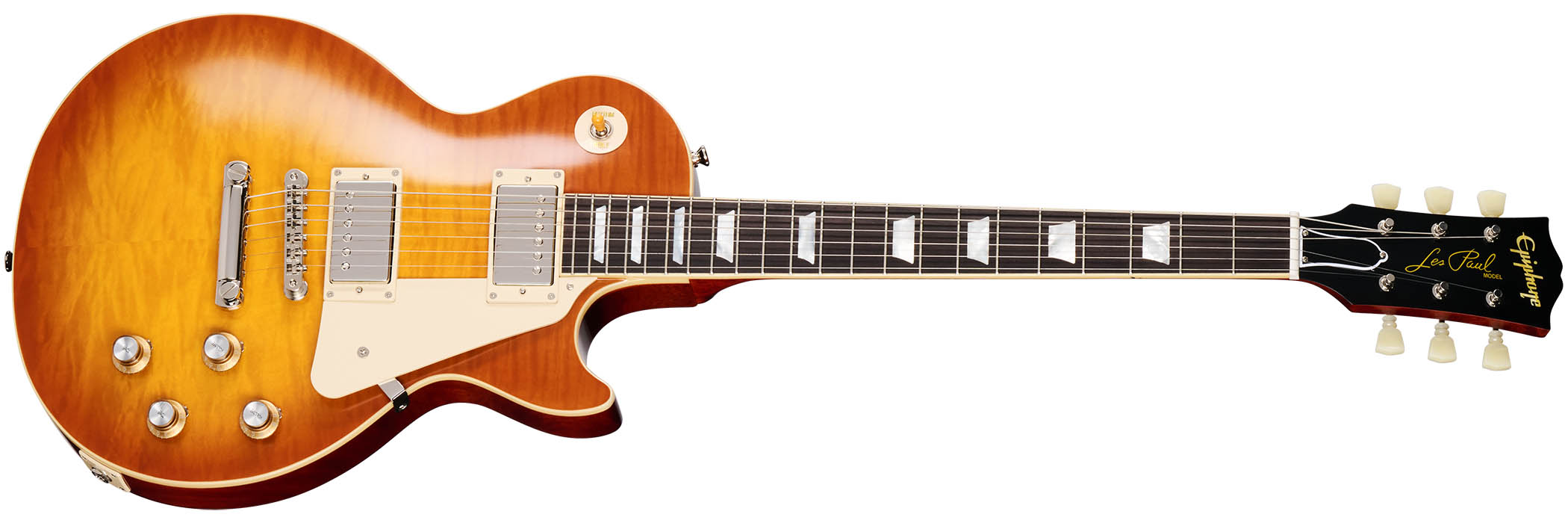
This also has the gold ‘Top Hat’ knobs with reflector and nickel-plated dial pointers, another point of difference with its predecessor. Note: these Standards have unpotted pickups, just like their Custom Shop counterparts.
Less bougie than a Standard but just as cool – and some would argue more so – is the 1960 Les Paul Special. This is a stripped-down doublecut slab of mahogany with a pair of P-90 pickups from the Gibson Custom Shop and a simple Historical Wraparound bridge with intonation adjustment screws.
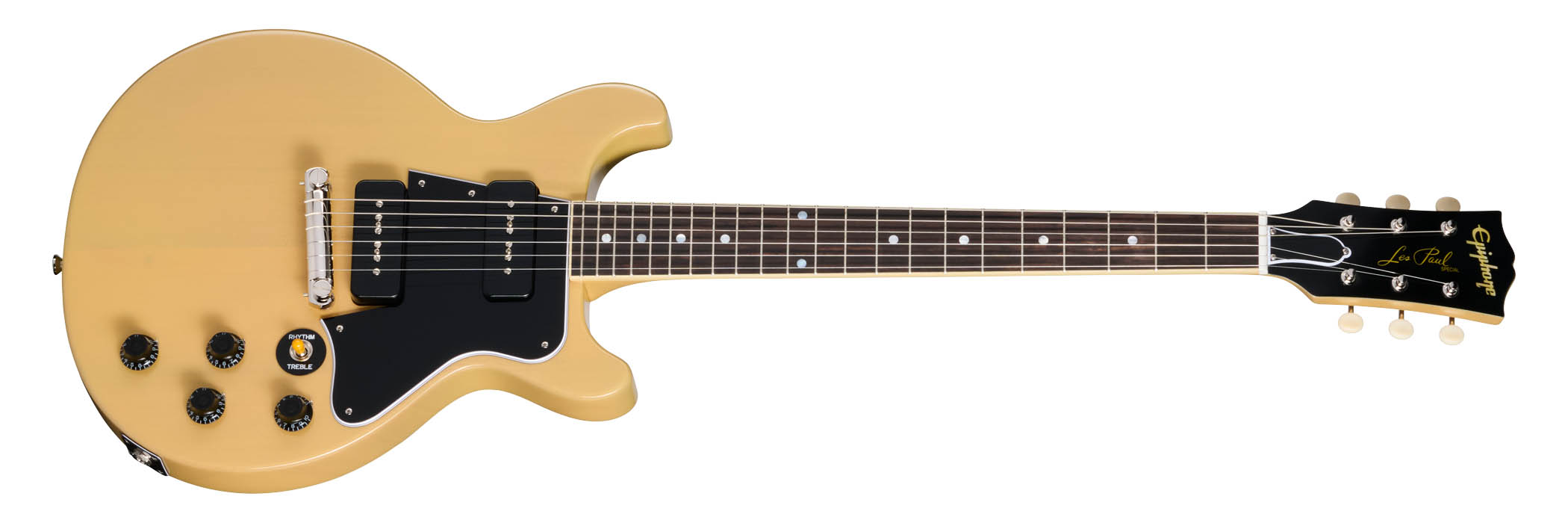
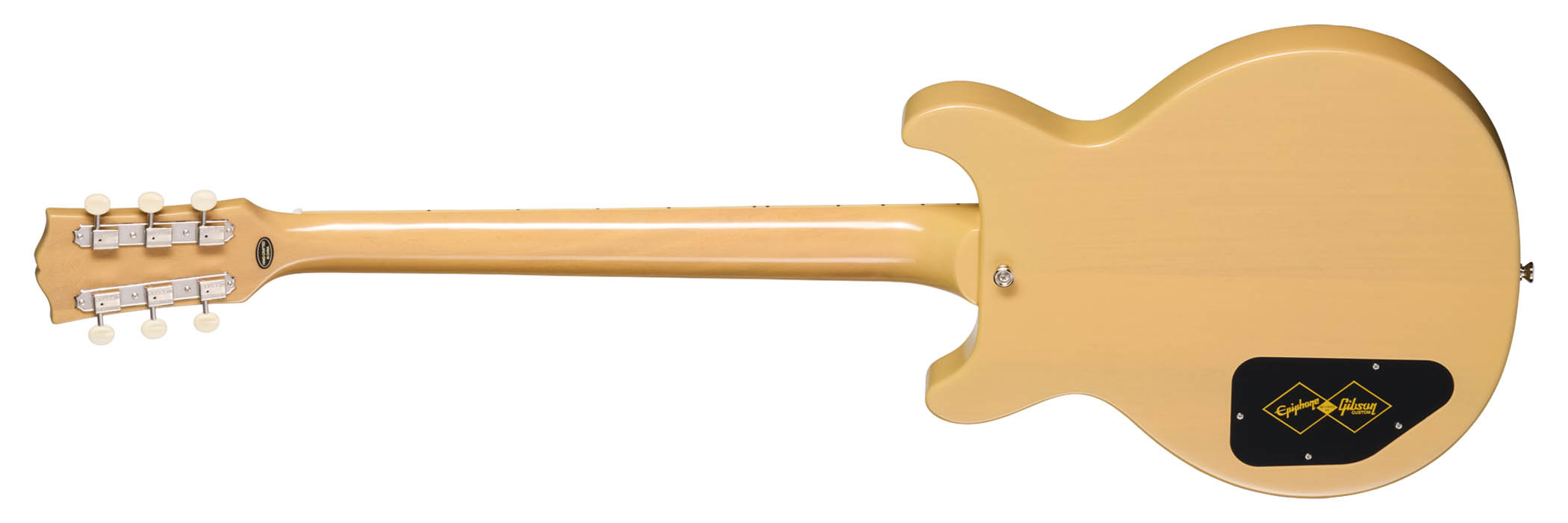
Again, there is the SlimTaper neck. But the aesthetic is blue-collar. You’ve got the multi-ply black ‘guard, black Top Hat with nickel dial pointers. No fuss. Those three-on-a-plate Epiphone Deluxe tuners with white buttons look damn cool, too. It is priced £/$999
Okay, back to a state of high-end elegance, the 1962 ES-335. There are MOP small block inlays on the rosewood fingerboard. Note: this fingerboard has rolled edges.
The Custombuckers are hand-wired to the time-honoured dual volume and dual tone dials, with CTS pots and Black Beauty paper-in-oil caps under the hood. The 1/4” output jacks on this range are from Switchcraft.
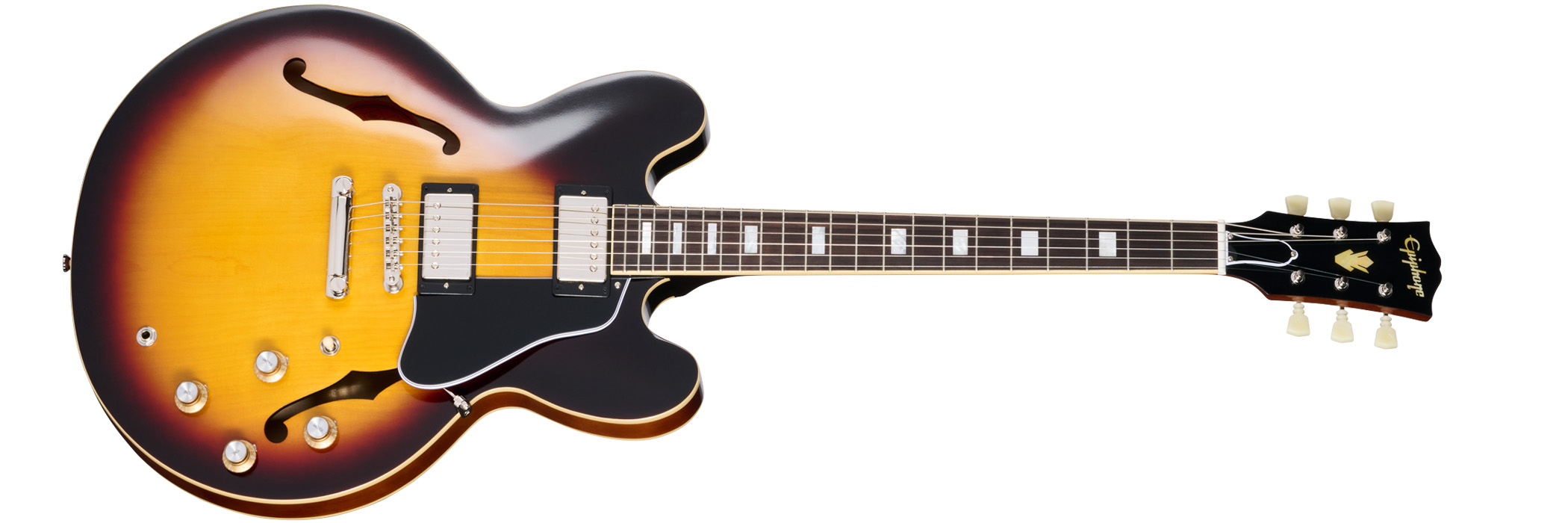
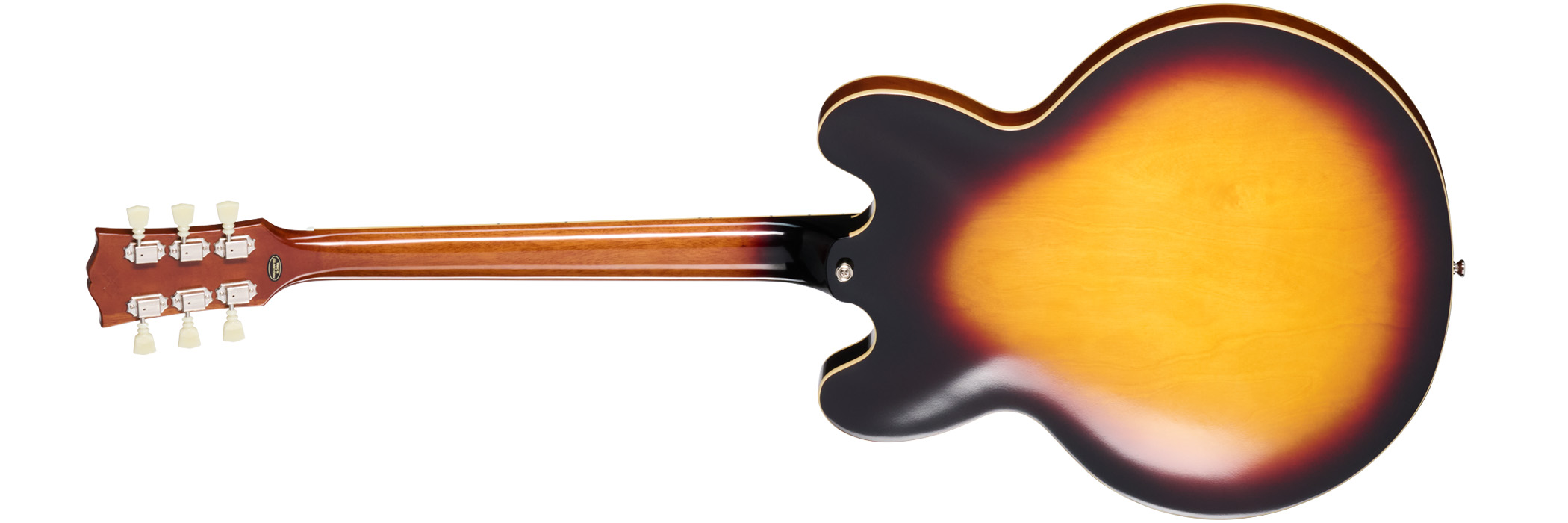
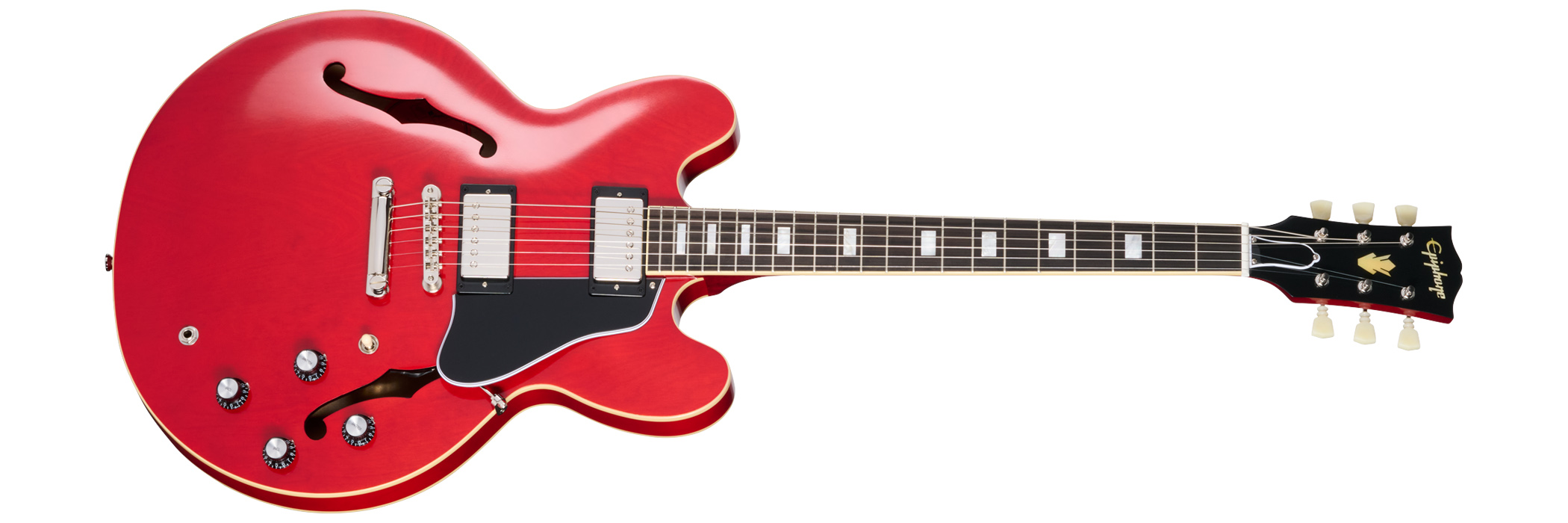
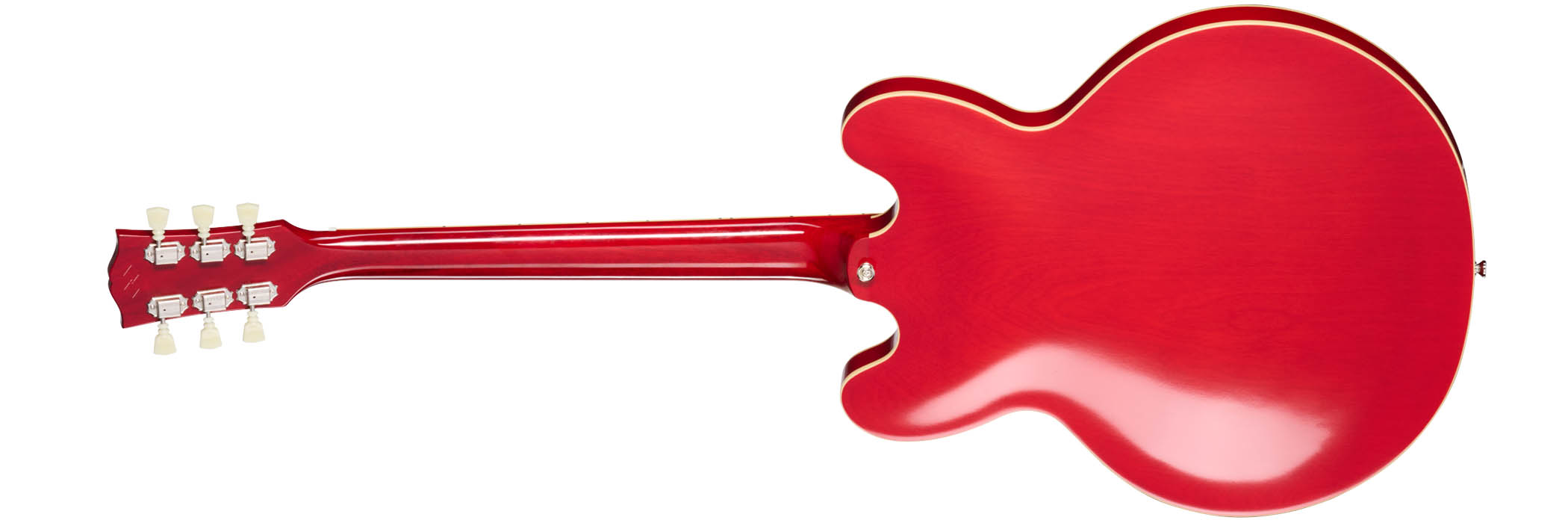
The body is five-ply layered maple and poplar with the solid maple centreblock that made this a quantum leap in design terms as far as archtops went. No feedback at high volume, high gain – or a least less uncontrollable feedback – that was a game-changer back in the day. Its neck has a SlimTaper profile. The ES-335 is priced £1,099/$1,149.
Now for the Firebirds. The question is whether you want a single-pickup rock ’n’ roll machine in a loud shade of red – wraparound Lightning Bar bridge, ‘cos we’re not messing around here – or a dual-pickup model in a Johnny Winter-esque Polaris White finish, Maestro Vibrola for some wiggle-stick action.

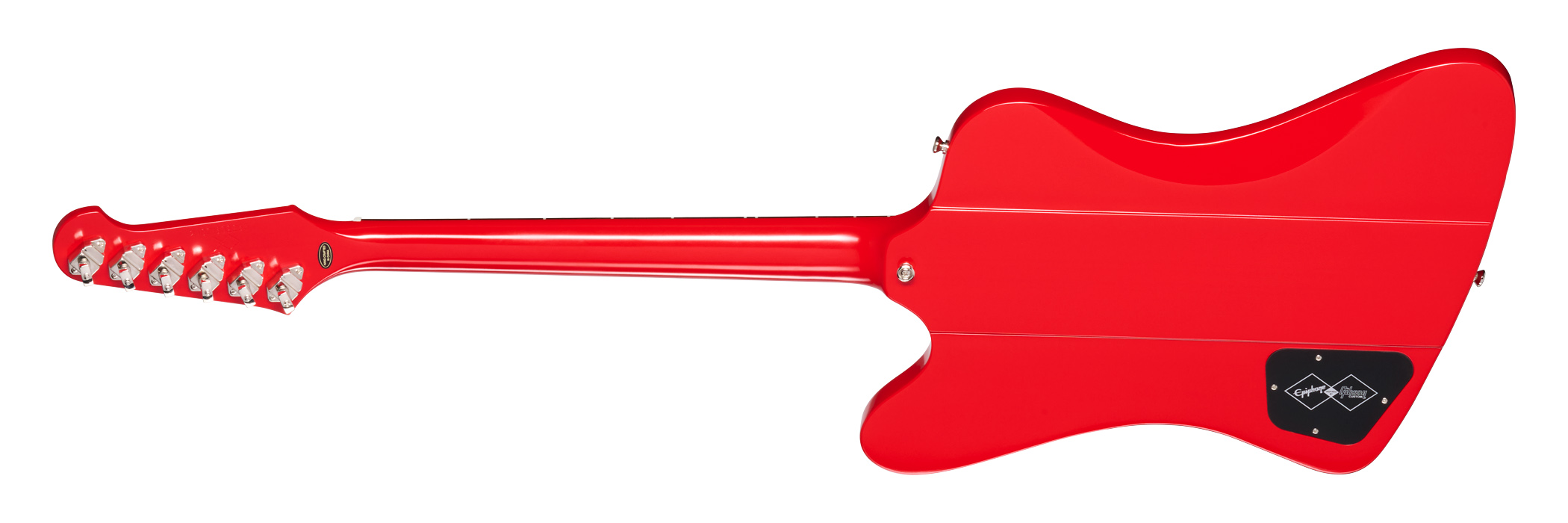
Both have Gibson USA Firebird mini-humbuckers. But we’re burying the lede here; these have the nine-ply neck-through-body construction, their mahogany/walnut necks fashioned into a SlimTaper profile and topped with a rosewood fretboard – dot inlays on the Firebird I, trapezoids on the Firebird III.
There are a lot of vintage details here, from the side dot markers to the strap button placement. Both are outfitted with a set of Kluson “Banjo-style” Planetary tuners. The Firebird I is priced £1,199/$1,299, the Firebird III £1,399/$1,699.
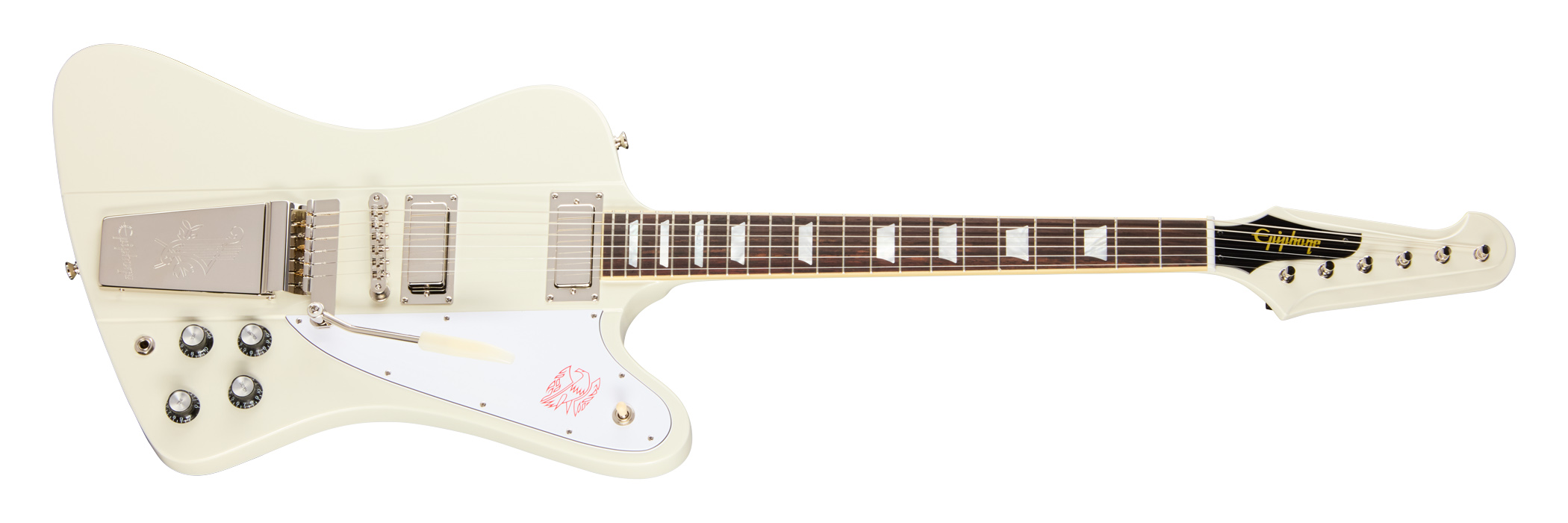

Finally, we’ve got the 1964 SG Standard. Cherry Red, not a hair out of place, ’64 was, as Gibson/Epiphone notes, a good year for the SG. It was maturing nicely.
The Maestro was a little more user-friendly than the Sideways vibrato. This one has has the same pickups and wiring as the ES-335, same neck, but the same raw materials as the Special – all mahogany and rosewood. Nickel hardware, Epiphone Vintage Deluxe “Double Ring” tuners.
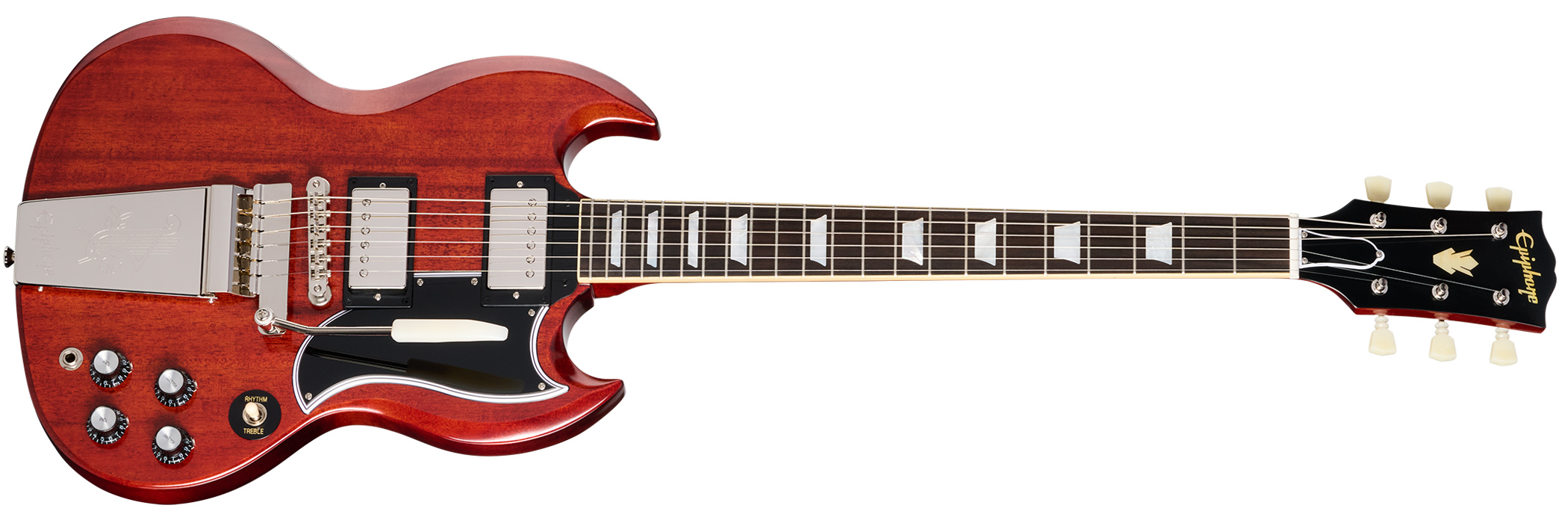
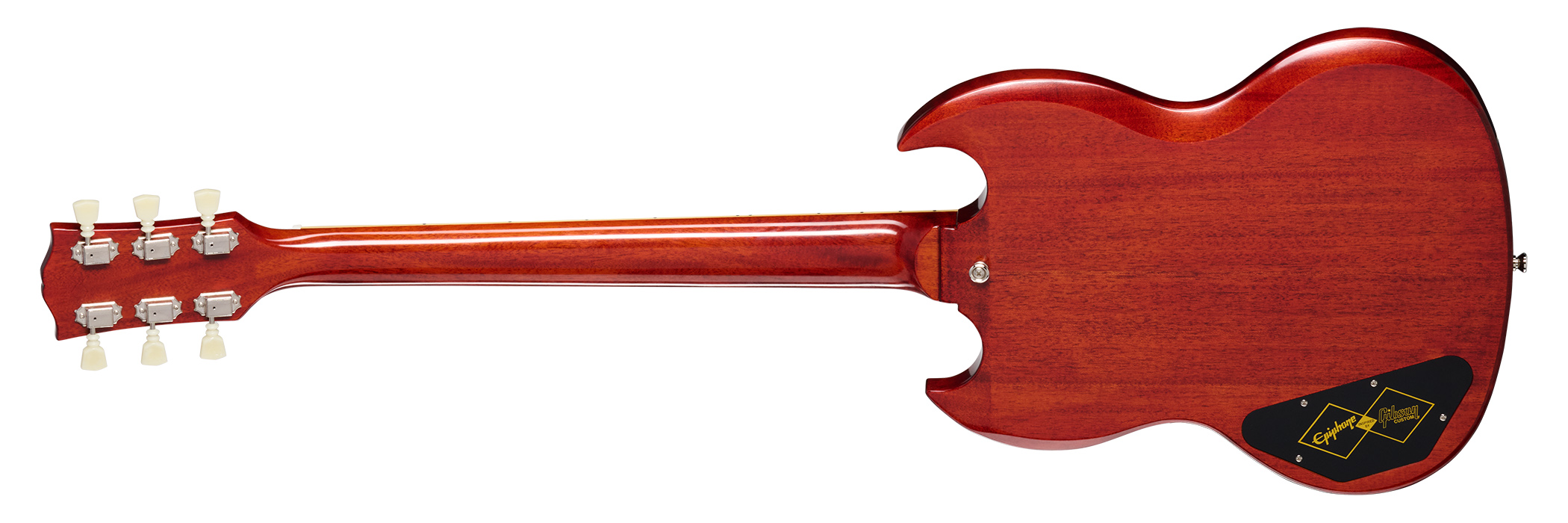
Again, there’s long neck tenon… this SG might be the coolest of the lot. It is priced £1,199/$1,299.
All of these prices include a hard-shell guitar case. These Inspired By Gibson Custom models are out now. See Epiphone for more details.
Jonathan Horsley has been writing about guitars and guitar culture since 2005, playing them since 1990, and regularly contributes to MusicRadar, Total Guitar and Guitar World. He uses Jazz III nylon picks, 10s during the week, 9s at the weekend, and shamefully still struggles with rhythm figure one of Van Halen’s Panama.
You must confirm your public display name before commenting
Please logout and then login again, you will then be prompted to enter your display name.
“I was shocked. That was the exact sound that I had been chasing for years”: Nirvana tone sleuth Aaron Rash solves his epic tone mystery and finds the guitar that Kurt Cobain used for In Utero
“If you’re all about getting as close as possible to period-correct as you can for this price point, then you won’t be disappointed here”: Epiphone Inspired By Gibson Custom 1960 Les Paul Standard Reissue review

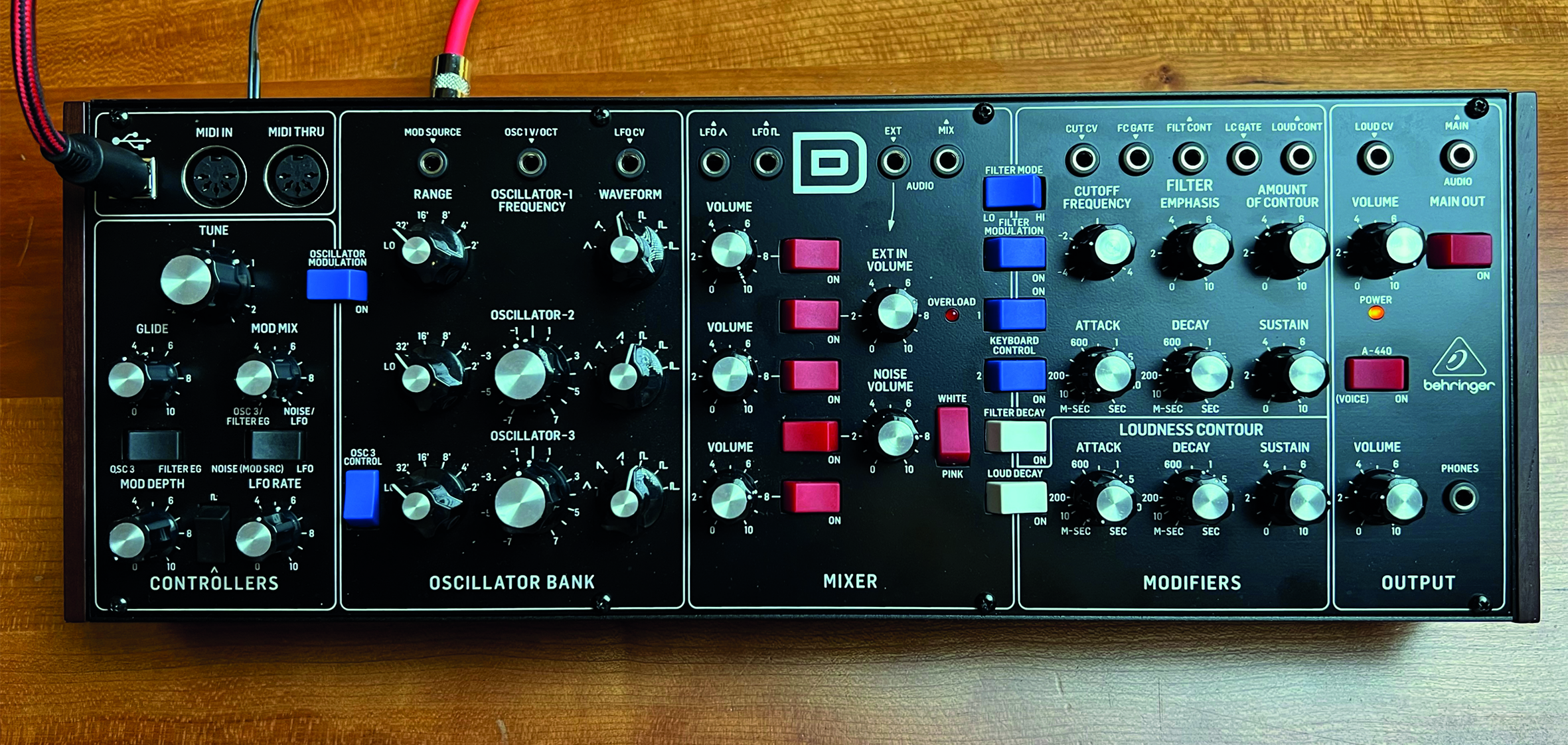
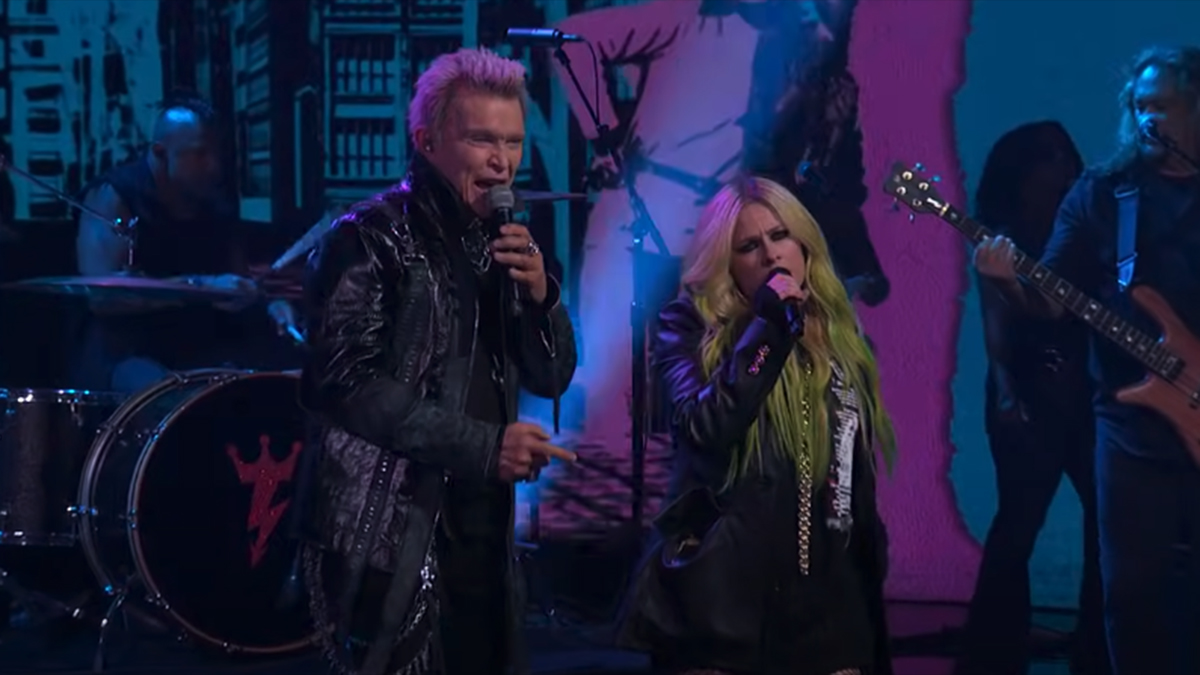
![YouTuber Aaron Rash [left] wears grey and an Adidas beanie and checked trousers as he poses with his Veleno-clone aluminium guitar. On the right, Kurt Cobain performs in 1993 with Nirvana at their MTV Live and Loud show in Seattle.](https://cdn.mos.cms.futurecdn.net/aqcaqZZK7FsRFWvoMPzMF9.jpg)
